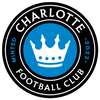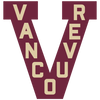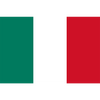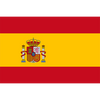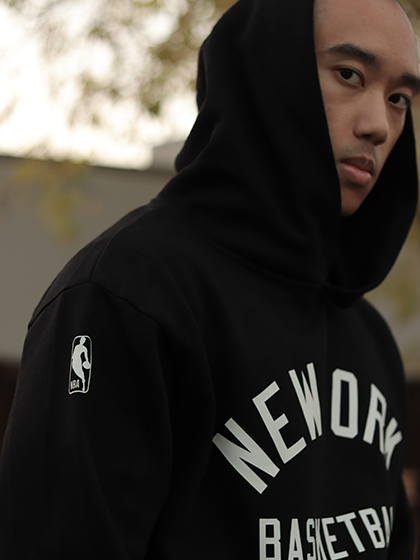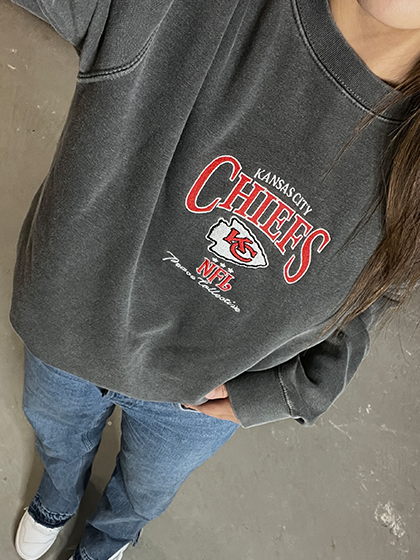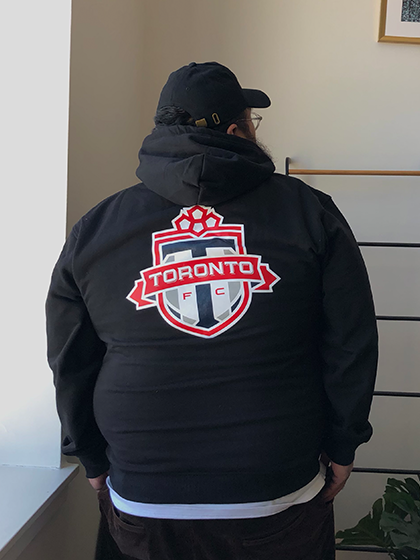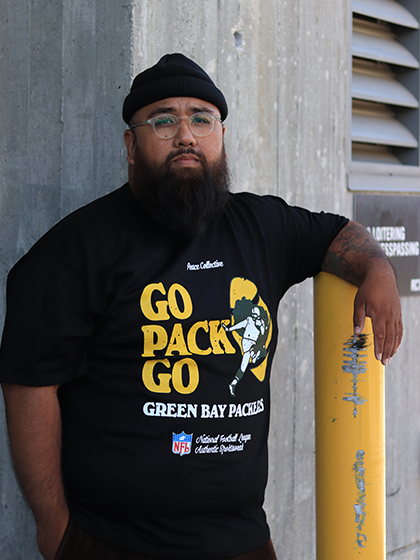
Written by Sarah Eskandarpour
Toronto is full of passionate ‘foodies’ who take it upon themselves to spend their days taste testing the best of what the city has to offer. While it may not have a world-class culinary scene quite yet, you don’t have to be a foodie to know when a restaurant is a Toronto staple. You especially don’t have to be a foodie to recognize that La Carnita, Sweet Jesus and Home of the Brave are the crux of the best food, art and music the city has to offer. Last week we sat down with the man behind it all, Andrew Richmond, and his right-hand girl, Camille Borody, at their John street location to discuss passion, inspiration, Toronto, and the art of surrounding yourself with the right people.
What drives your passion?
A: “When people say “what are you passionate about” it’s kind of easy because I just do what I like to do. It’s the love for what I do and that is music, art and food. It’s so easy to be passionate about it because it’s three of my core values that I live by, with and for. If you like what you’re doing, that’s when good shit comes out.”
Where did you draw the inspiration to start La Carnita?
A: “I was working in Silicon Valley in UX design and when I saw all this Mexican food in the Mission district, it just inspired me. I had wanted to do something with food and restaurants for a long time because there was always this sort of allure. I remember it hitting me on the highway on my way home. That accessible and relaxing restaurant that I wanted to create, that customers could keep going to multiple times a week if they wanted, was a mexican restaurant. Tacos are kind of like a canvas, you can do so much with them, as with a pizza. The options are never ending.”

When did you start all of this?
A: “When I was working at OneMethod, I presented my idea for this new Mexican concept eatery to my boss, now my current business partner, Amin. I had always cooked for him and his wife outside of work and the idea of having a restaurant was something we always flirted with but I knew I couldn’t do it outside of the confines of OneMethod because I needed to support a life. We started with a popup outside of our design studio selling art and giving food for free like an art show to kind of skirt the by-laws and be able to do the food thing. This was 5 years ago. Then with the restaurant we sold food and gave away the art. Art doesn’t play as large of a role anymore but it still plays a very big part.”
Why were you so interested in Art?
A: “I’m interested in street culture in general. I mean, I grew up around it skateboarding and whatnot. I went to art school and it’s just art, music and food that are my three loves. It’s been that way since I was a kid and kind of showcasing it and building my life around that is what’s important to me.”

How has the industry changed in your eyes since then?
A: “I haven’t really noticed it, to be honest. We kind of just go forward doing what we do. I don’t doubt that we’ve influenced the market - absolutely. I’m confident that what we’re doing is right and ethical and all sorts of things. I’m not saying we’re full of ourselves or perfect I mean, there are places of inspiration all around me. It’s taking those things that inspire you and creating your twist on it that I think a lot of restaurants are doing today.”
Do you still get afraid every time you do something new? What really pushed you to go through with everything the first time around?
A: “Yeah, I was shitting my pants when this opened because it cost a fortune. But at the beginning what pushed me was me just being done with working in the ad industry. I had done it for 15 years and was just tired of doing the stuff that I was doing over and over. I’m still applying the stuff I learned in that role to this new thing because it’s the same shit just applied differently.”

Was there ever a time where you thought ‘no this is nuts, I should stick to what I know’?
A: “No, I’m blessed with ignorance to a certain degree. It’s as if some little switch is turned off which lets me kind of just blaze forward. Everything is going alright.”
How do you unwind in all this craziness? Do you ever just take a step back and tell yourself you need to take a break and recharge?
A: “Spending time with my daughters definitely helps. I have a great team around me - Camille definitely helps. People like my director of operations, Thi; John, the executive chef here and all of the executive chefs in all the restaurants - we’re all good at building teams. I think a lot of people try to do everything themselves or try to be the rock star of the whole operation so they keep it all close to their chest but it’s not scalable. Without teams, you can’t really grow. It’s the only way you can expand and grow and give more people opportunity to do cool stuff.”
Is there a moment in the past 5 years that you wish you could redo given the amount of experience you have now and the lessons you’ve learned along the way?
A: I can’t really think of anything in particular but I have learned over time that when someone has an opinion, you should listen but still be able to weed through it and still do your own thing. As soon as you get multiple voices in on something, it just becomes watered-down and no one really wants to be a part of it. It’s after you have an idea that needs to be executed that you bring in people who have strengths in what you’re looking for. That’s when you let them be creative and do what they’re best at in the specific aspect of the concept. You have to really make sure your idea isn’t being clouded by any exterior influences.”
 How do you measure success? Your professional endeavours have been relatively successful, so what do you attribute that to?
How do you measure success? Your professional endeavours have been relatively successful, so what do you attribute that to?
A: “Maybe I’m being humble and I could be wrong but I just don’t think about it. I keep building teams of people that make cool shit. I’m only as good as the people around me so I like to surround myself with people that are as good if not better than me at what they’re supposed to be doing. Most of them are better. We’re expanding so much with the Leslieville opening and this opening so that’s obviously a good sign but this could all come crashing down tomorrow.”
What does a regular day look like for you? (Both personally and professionally)
C: "You can expect his day to be busy and things to change up last minute. It's making sure you're hitting all the meetings that you need to and planning ahead as much as possible. There are many different people that make this run, and it works because through all the craziness Andrew makes time to foster real and valuable relationships with his team. I don't know many restauranteurs that know all the names of their employees but he cares to."

How have you juggled being close to the team at all the locations while still playing the ‘boss’ role?
A: “The first location that opened was true family and now,160 employees later, it takes longer than it would have before to get to know everyone and form relationships but I never want to lose that. If a staff member can text their boss and invite them to come out with the team, then that’s a good thing. I never want to be the guy ruling with an iron fist that this industry is tainted with because that’s detrimental to any brand. The customers can feel it and the team can feel it. It’s just, don’t be an idiot, you have to be cool. These guys live and breathe the energy of the space and if you can achieve that dedication then that’s half the battle. Forget the food.”
Is there something you make sure every restaurant has, be it as tangible as a certain ingredient or as transient as the energy of the space?
A: “They do have a continuity for sure and that comes through probably with the people that work there. Sweet Jesus kind of has its own thing going on but through osmosis in being attached to this one, they’ve kind of become similar. When I’m thinking about creating a space I’m thinking holistically. It’s the smell, the food, the people, the sounds, the texture. It’s a very holistic approach. Everything is curated and even though it all kind of looks loosey goosey and chill, there’s a lot of curation that goes on. It’s organized chaos.”
 Where do you draw the inspiration for all of these small things that make up your restaurants?
Where do you draw the inspiration for all of these small things that make up your restaurants?
A: “Working in the ad industry has really taught me when is the right time to bring in people so that you can build a plan and build an experience for someone so I know who the artists are and who the people are who work with these concepts. We always travel quite a bit to get inspired by different drinks and dishes. The team has recently gone to New York. We’ve been to Mexico, Chicago, Boston. We’re going to St. Louis. We have all the restaurants we want to go to, all the bars we want to go to and all the art galleries we want to go see. We have them all lined up. Otherwise, it turns into a shitshow and we just end up in a dive bar. But really, inspiration through travel is one of the best things in the world”
Through all your travels, what seems to set Toronto apart?
A: “It’s just its own city unlike anywhere else. I get inspired a lot by the states, I mean there’s this huge Latin community so La Carnita makes a lot of sense going there. Their bar scenes are different, they’re a lot more lax and their creative execution is just a lot more different. It’s kind of cool to go to different regions and just see what they’re doing there according to their history and their populaces. You can go to Chicago and Miami and all sorts of places and have an [Americanized] Mexican experience without having to go to these other countries. Toronto is like that in its own way. I like the ethnocentricity but I also like the assimilation in the city of all these different ethnicities and cultures. There’s just multiple influences. What we’ve done is ‘Gringofied’ mexican food, out of respect for the culture. We just do what we think is gonna be best for everybody.”

Authenticity is something you cannot fake - when you have it, you just have it. From accidentally introducing us to his head bartender, Aldo, twice to agreeing to do an interview amidst a busy Blue Jays home opener lunch rush, there’s no questioning the sincerity of what Andrew does. His authenticity can be seen in the people he surrounds himself with, in the energy of the restaurants he builds and in what drives him to do what he loves. The Toronto food scene may not have hit the global ranks, but thanks to Andrew and his team, we’re getting that much closer. For that, we could not be more proud to enjoy the art, music and food that he enjoys and to be part of a city that he calls home.
Interview by Sarah Eskandarpour and John Molina



















































































